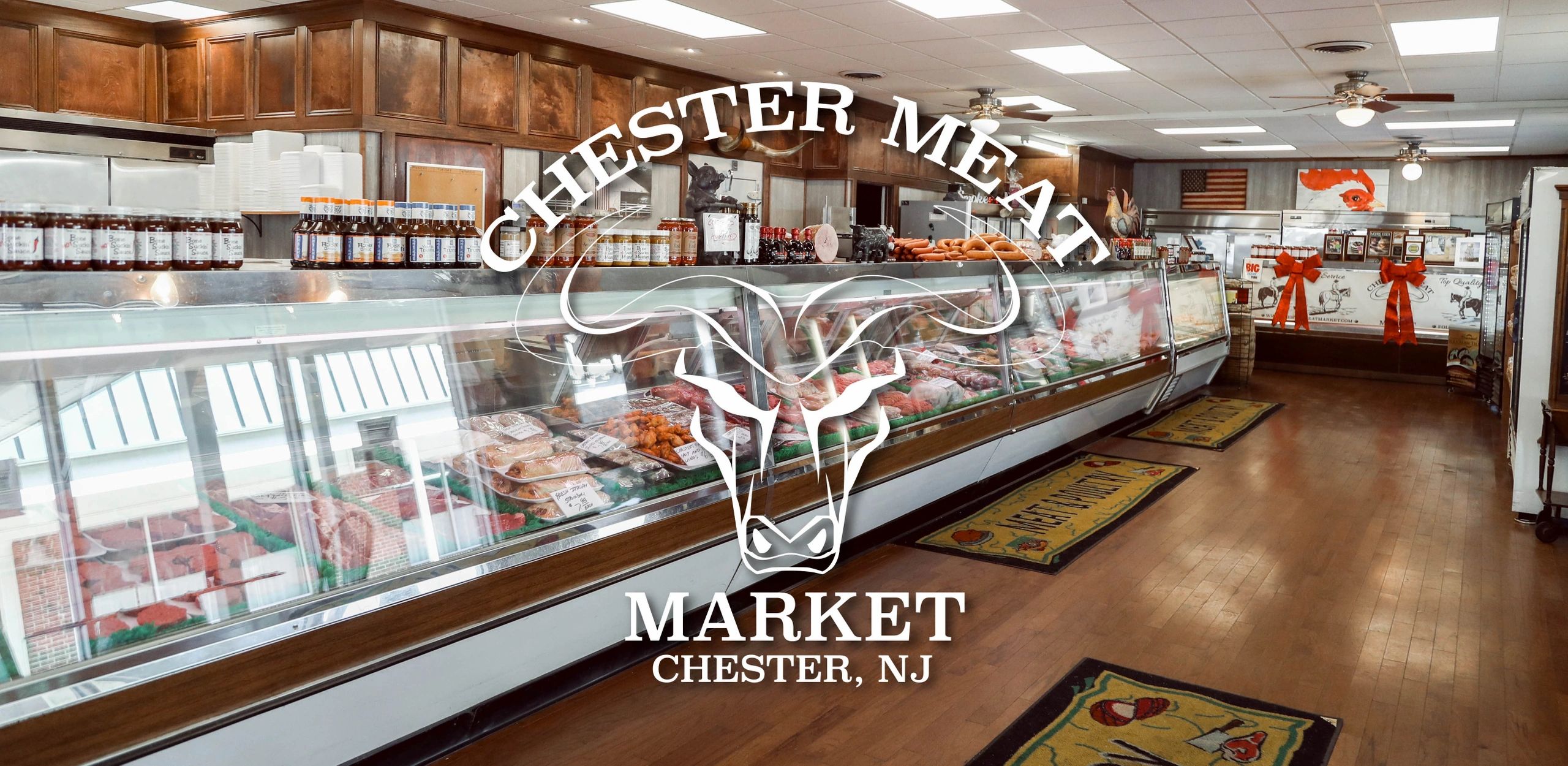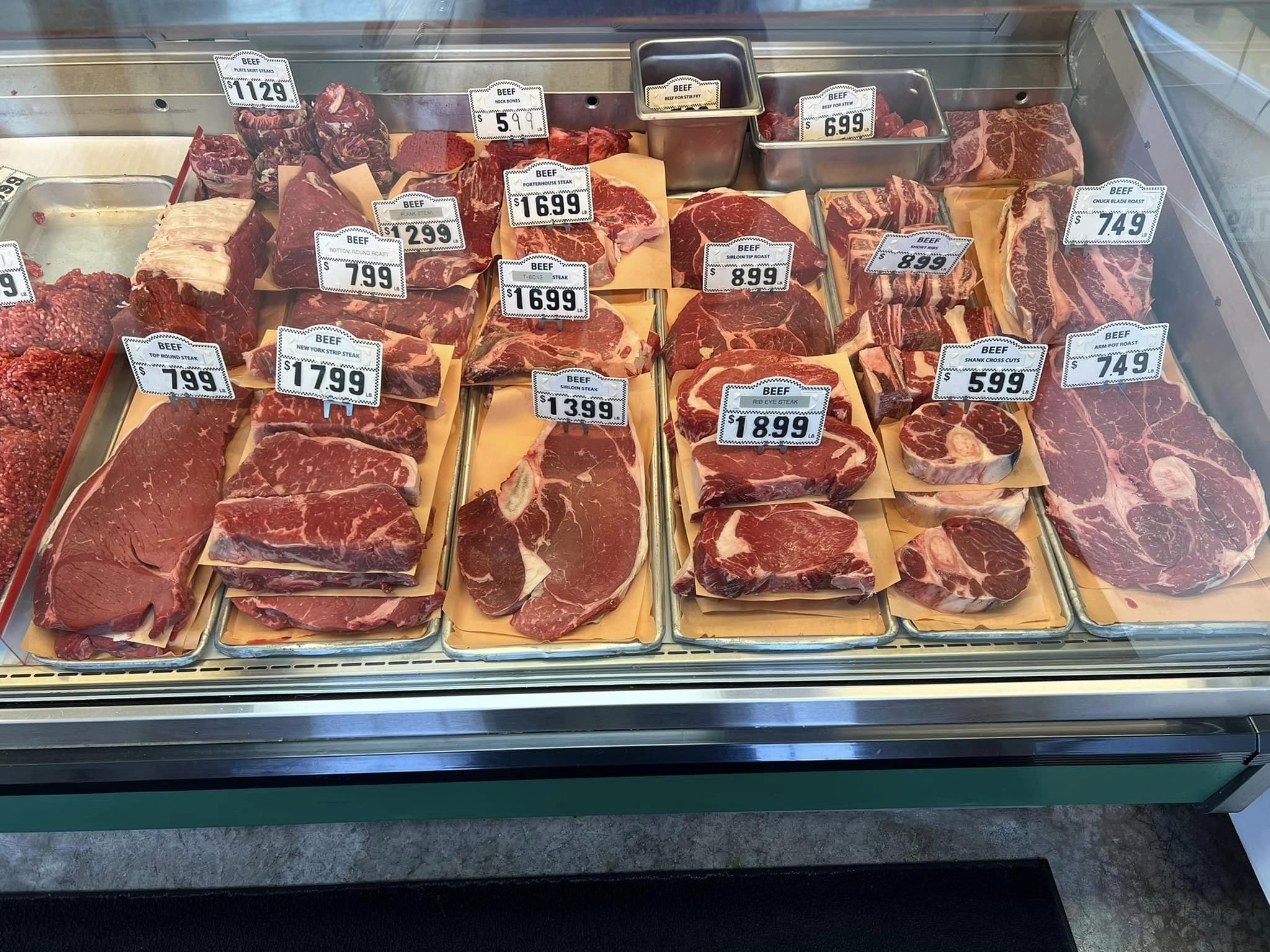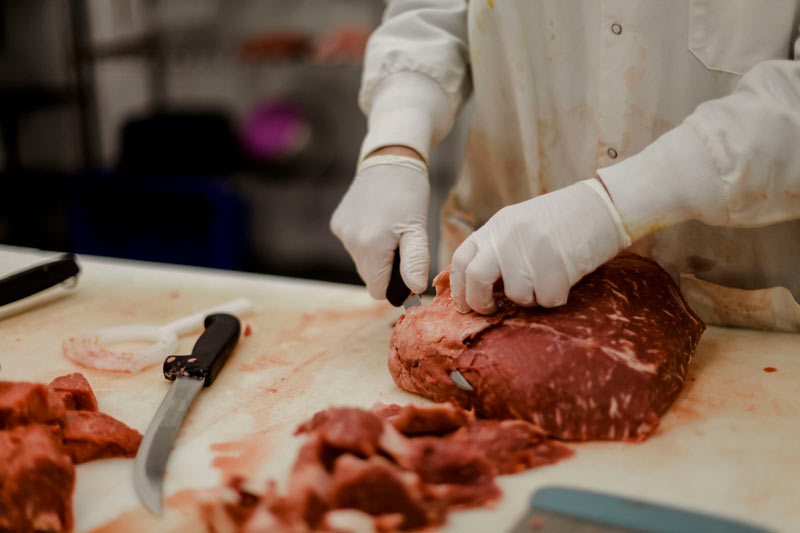The Nutritional Perks of Incorporating Beef Tallow Into Your Diet Regimen
Beef tallow has actually amassed attention for its one-of-a-kind nutritional account, which includes an abundant selection of necessary fatty acids and fat-soluble vitamins that can support general health. The effects of incorporating this typical fat into modern-day dietary techniques invite a closer exam of its potential advantages and drawbacks.

Nutrient Profile of Beef Tallow
Beef tallow boasts a rich nutrient profile that makes it an important addition to various diet regimens. Largely made up of saturated and monounsaturated fats, beef tallow is approximately 50-60% saturated fat, which contributes to its security at high cooking temperature levels. This attribute makes it an excellent choice for roasting and frying, as it stands up to oxidation and keeps its nutritional high quality.

Additionally, beef tallow is free from trans fats, making it a much healthier alternative to lots of veggie oils. Its nutrient thickness not just provides power but also aids in the absorption of nutrients from various other foods. As a conventional food preparation fat, beef tallow can boost the flavor of meals while adding to overall dietary consumption, lining up well with numerous dietary preferences, consisting of low-carb and ketogenic diet plans.
Wellness Conveniences of Healthy Fats
Incorporating healthy fats like those discovered in beef tallow right into the diet can produce various health benefits that sustain general health. Healthy fats play a crucial function in preserving cellular framework, hormonal agent manufacturing, and nutrient absorption. They are essential for optimal brain function, as the brain is composed of virtually 60% fat, mostly healthy and balanced fats.
One notable advantage of healthy and balanced fats is their payment to heart wellness (where to buy beef tallow). In contrast to out-of-date beliefs that all fats contribute to cardiovascular illness, research studies suggest that healthy fats can improve cholesterol levels and decrease inflammation, ultimately lowering the threat of heart condition. In addition, fats, such as those found in beef tallow, are a stable source of power, giving continual fuel for physical activities and metabolic processes
Moreover, healthy and balanced fats can assist in weight administration by promoting satiety, which can aid minimize overindulging. They likewise support the absorption of fat-soluble vitamins, consisting of A, D, E, and K, improving overall nutrient uptake. By incorporating beef tallow and various other healthy fats right into the diet plan, individuals can boost their dietary profile while enjoying a plethora of health and wellness advantages that promote longevity and vigor.

Food Preparation With Beef Tallow
Cooking with beef tallow supplies a tasty and versatile alternative for a variety of culinary applications. This made fat, obtained from beef, boasts a high smoke point of around 400 ° F(204 ° C ), making it perfect for frying, sautéing, and roasting - where to buy beef tallow. Its robust flavor improves recipes, passing on a rich, tasty high quality that enhances numerous active ingredients
Beef tallow is particularly well-suited for conventional food preparation approaches, such as deep frying, where it can develop an excellent crust on meats and vegetables. The fat's ability to endure heats without damaging down makes sure that you achieve crunchy textures while preserving moisture within the food. Additionally, its stable nature means it can be reused multiple times for frying, making it an affordable choice for home cooks and professional kitchens alike.
In cooking, beef tallow can function as an alternative to butter or reducing, supplying an one-of-a-kind deepness of taste to breads and pie crusts. It can be incorporated into sauces and sauces, enriching their taste and offering a lush mouthfeel. By embracing beef tallow in your food preparation repertoire, you websites can elevate your dishes while utilizing its nutritional advantages.
Comparisons With Other Fats
When reviewing cooking fats, beef tallow stands out in contrast to other usual options such as veggie oils, butter, and lard. Beef tallow is mainly made up of saturated and monounsaturated fats, which are a lot more stable at high temperatures, making it much less prone to oxidation than polyunsaturated veggie oils.
On the other hand, while butter includes advantageous nutrients like fat-soluble vitamins, it has a reduced smoke factor and can burn quickly. Lard, comparable to tallow, has a beneficial fat account but may consist of higher degrees of polyunsaturated fats, depending upon the pig's diet.

Vegetable oils, often marketed as healthier alternatives, can be highly processed and consist of trans fats, which have actually been linked to adverse health impacts. The omega-6 fatty acids prevalent in many vegetable oils can contribute to inflammation when consumed in unwanted. Overall, beef tallow offers a distinct balance of flavor, check my blog stability, and nutritional benefits that can make it a more suitable choice in numerous culinary applications.
Integrating Beef Tallow Into Foods
Beef tallow can be seamlessly integrated into a variety of dishes, boosting both taste and dietary value. This made fat, rich in monounsaturated fats and vitamins A, D, E, and K, works as right here a versatile cooking tool. It is ideal for high-heat applications such as frying and roasting, where it can present a full-flavored deepness to veggies, meats, and even baked goods.
When sautéing, consider making use of beef tallow as opposed to standard oils to raise the taste of stir-fries or veggie collections. For a heartier taste, attempt including it into mashed potatoes or creamy sauces, where its abundant uniformity can create an elegant mouthfeel. Additionally, beef tallow can be made use of as a base for sauces, adding a durable taste profile that enhances a variety of dishes.
For those discovering baking, substituting beef tallow for butter or shortening in pie crusts can generate a half-cracked, delicious result. When cooking, brushing tallow on meats can enhance wetness retention and give a fascinating sear. By thoughtfully including beef tallow into your dishes, you can take pleasure in not only boosted flavors yet also the amazing nutritional advantages it provides.
Conclusion
Incorporating beef tallow into the diet plan offers substantial dietary benefits, including important fatty acids and fat-soluble vitamins that improve total health and wellness. The favorable balance of hydrogenated fats contributes to enhanced nutrient absorption and power security. Furthermore, the culinary flexibility of beef tallow makes it an attractive option for different cooking methods. Overall, the combination of beef tallow into dishes can sustain health and wellness, making it a beneficial enhancement to a balanced diet.
Largely made up of saturated and monounsaturated fats, beef tallow is approximately 50-60% saturated fat, which contributes to its security at high cooking temperature levels. As a typical food preparation fat, beef tallow can enhance the taste of meals while adding to total dietary consumption, aligning well with numerous dietary preferences, consisting of ketogenic and low-carb diets.
Incorporating healthy and balanced fats like those located in beef tallow into the diet regimen can generate numerous health and wellness advantages that support overall well-being. By including beef tallow and various other healthy and balanced fats right into the diet plan, individuals can boost their dietary account while delighting in a wide range of health advantages that foster long life and vitality.
When assessing cooking fats, beef tallow stands out in comparison to other usual options such as vegetable oils, butter, and lard.